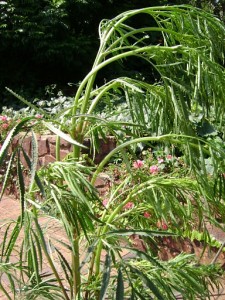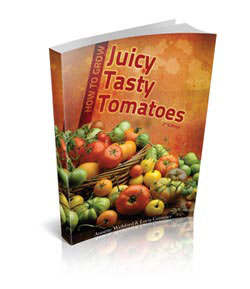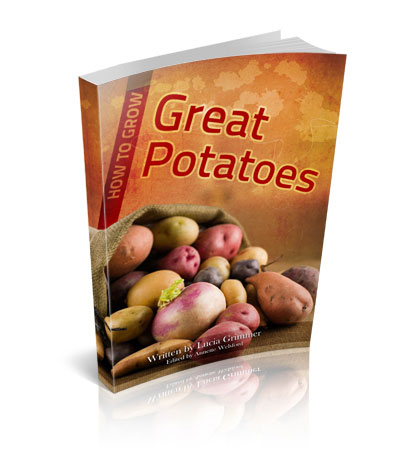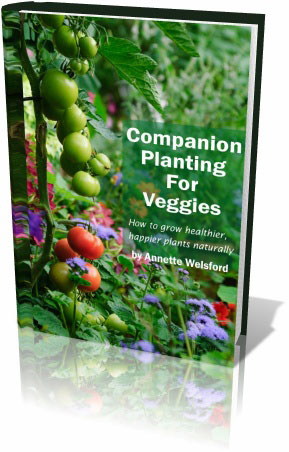Homemade Insecticide for Veggies
It is an unfortunate fact of life that a wide variety of crawling, burrowing and flying insects eat vegetable plants and the fruit they produce. While the first step in getting rid of these destructive pests is to identify them, the next is to decide how to kill them.
There are some broad spectrum chemical insecticides on the market that you can use to get rid of virtually any type of bug or insect, but sadly these kill good bugs too. And there are many good bugs in our vegetable gardens, some of which play an important role in pollination, and other that actually eat some of the bad bugs.
It is for this reason that a growing number of home gardeners are turning to organic products, and using non-poisonous ingredients to make their own “insecticides”. After all, if you are going to the trouble of growing food for your table, you don’t want to treat it with poison along the way!
Ingredients to Use for Homemade “Insecticides”
Generally the ingredients we use for homemade insecticides are those that have a strong smell or taste. They include:
- strong-smelling garlic,
- strongly-flavoured onions,
- burny chillies,
- sweet basil,
- marigolds,
- pungent Mexican marigolds,
- acidic bicarbonate of soda.
Some Useful Tips and Recipes
Both garlic and chilli sprays are useful for blasting of sap-sucking insects and for use as a deterrent. Undiluted chilli spray may also be dribbled around ant trails. Other sprays, including bicarbonate of soda or milk spray may be used to treat leaf problems including rust, mildew and types of fungus. These should be used regularly to be effective. Soil fungus may be minimised by simply pouring boiling water on small areas that are affected.
You can sprinkle salt to deter slugs and snails, and make traps for fruit flies by filling plastic juice bottles with sweet liquid to attract them.
Indigenous to South America, Mexican marigolds (known as khakibos or the khakiweed in Southern Africa) contain amazing insect repellent properties. It works wonders as a pumpkin fly repellent (not only to protect pumpkins, but melons, squashes and tomatoes as well). Like ordinary marigolds, you can grow it as a companion plant, or simply scatter the leaves over and around the growing fruit. A bed of cut leaves is a particularly successful deterrent for insects that commonly attack tomato plants. Added to compost heaps the leaves also discourage cutworms and ants.
Garlic Spray
Chop about 100 g (3-4 oz) of garlic and soak in 2 tablespoons of liquid paraffin for 48 hours. Add two cups of boiling water and 30 g (1 oz) of finely grated soap. Cool and strain into a bottle; label and store in a cool place. Add 3 teaspoons of the mixture to 4 cups (1 litre or 32 fluid ounces) of water in a bottle with a spray nozzle.
Garlic and Onion Spray for Potato and Tomato Blight
Chop 4 onions and 2 big garlic cloves and boil in 12 cups (3 litres or just more than half a gallon) of water. Allow to cool, strain and use straight away.
Chilli Spray
Blend a hefty handful of fresh, hot, red chillies with 2 cups of very hot water. Add half a cup of soap flakes or finely grated soap. Cool and strain; and use 4 teaspoons in each litre of water.
Bicarbonate of Soda Spray
Mix half a teaspoon of bicarb with 2 teaspoons of soap flakes and four cups of hot water. Allow to cool before spraying on vegetable plant leaves.
Milk Spray
Mix 2 cups of milk with double the quantity of water together and use as a spray.
Herb Spray for Fruit Flies and Aphids
Boil equal quantities of chopped marigold, khakibos (Mexican marigold), tansy and basil and boil in about 5 litres (one gallon) of water. Leave in a pot or bucket until cool and then strain the water into a clean container. Now you will need ash made by burning leaves and twigs – 1 cup for every litre of water, to which a cup of sugar is also added. Spray onto tomatoes and peppers, and fruits like apples and peaches. The aphids and fruit flies will stick to the sugary liquid and die.
Tags: aphids, fruit flies, homemade recipes, khakibos weed, Mexican marigolds, organic gardening, organic insecticide












